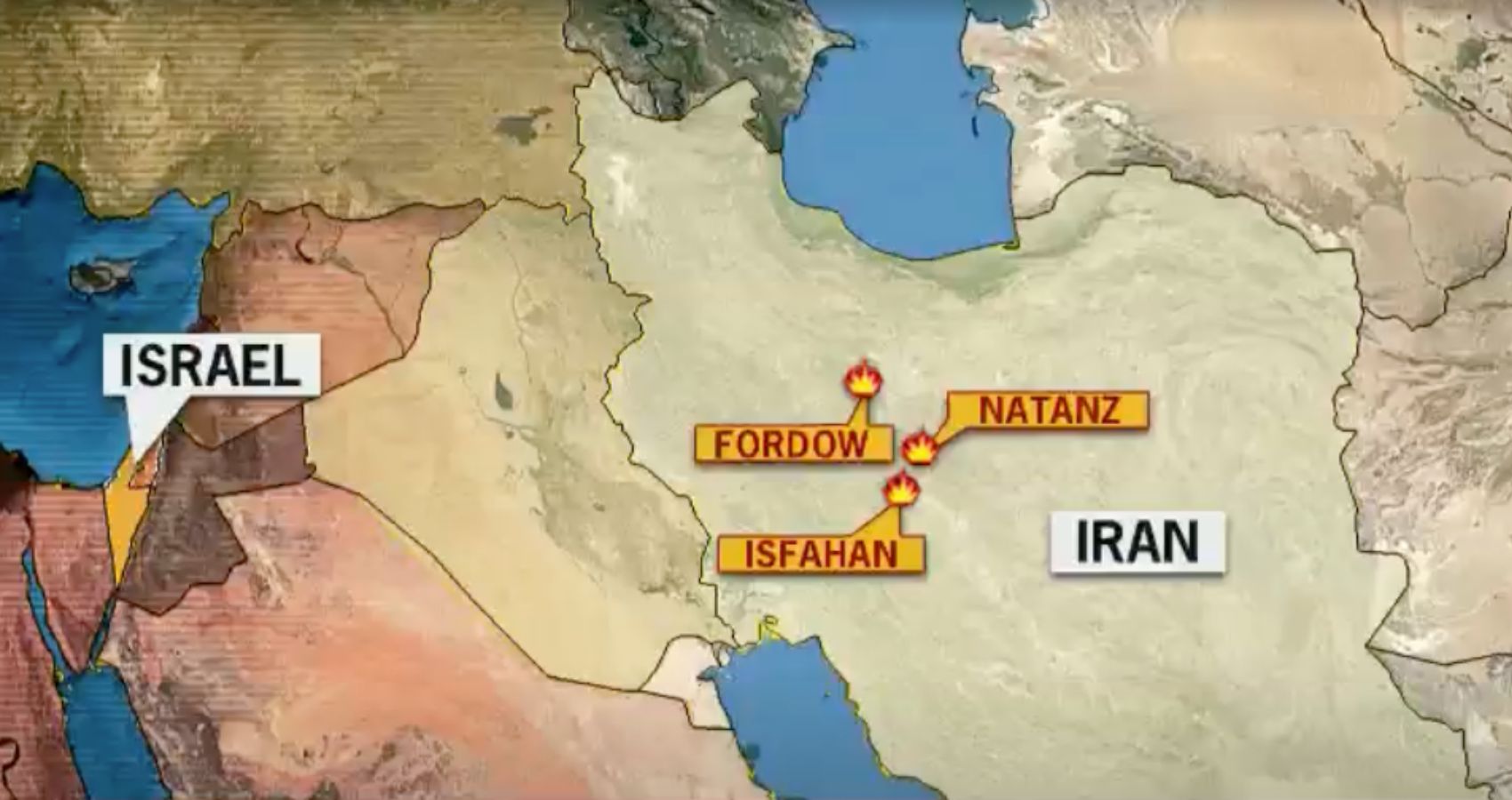WASHINGTON, D.C. – The U.S. military’s overnight assault on Iran’s nuclear infrastructure has been described as the largest B-2 bomber mission ever conducted, delivering what defense officials say was crippling damage to key targets. In a rare public briefing on Sunday, Chairman of the Joint Chiefs of Staff Gen. Dan Caine disclosed fresh insights into the covert operation, officially named Operation Midnight Hammer.
“This was one of the most classified and intricately coordinated missions we’ve ever executed,” Gen. Caine told reporters at the Pentagon, referring to the U.S. strikes on Iran’s nuclear facilities at Fordow, Natanz, and Isfahan. “Very few within Washington were even aware of the plan’s timing or operational scope.”
According to Caine, seven B-2 Spirit stealth bombers departed from Whiteman Air Force Base in Missouri under the cover of night, with a parallel group dispatched westward over the Pacific to create a diversion. The 18-hour eastward journey required multiple aerial refueling sessions as the aircraft flew across the Atlantic, through the Mediterranean, and into the Middle East.
Accompanied by fighter escorts and support planes, the strike package carried out what Caine described as a “precisely timed and synchronized maneuver” involving midair rendezvous and deception strategies. “This level of coordination was unprecedented,” he emphasized, presenting a map that detailed the aircraft’s flight path and timeline.
Deception and Precision: The Strike Timeline
At approximately 5 p.m. Eastern Time on Saturday, as the B-2s approached Iranian airspace, a U.S. Navy submarine launched over 24 Tomahawk cruise missiles toward the Isfahan complex. Meanwhile, fighter jets secured the airspace ahead, ensuring a clear path for the bombers.
At around 6:40 p.m. ET — 2:10 a.m. Sunday in Iran — the lead B-2 released two GBU-57 Massive Ordnance Penetrators (MOPs), known colloquially as “bunker busters,” onto the Fordow facility. Over the next half hour, a total of 14 MOPs were dropped on Fordow and Natanz. The Tomahawks impacted Isfahan shortly afterward.
Caine confirmed that the operation went undetected by Iranian defenses. “No missiles were fired at our aircraft, and Iranian fighters never took off. Our element of surprise held throughout,” he stated.
In total, more than 125 U.S. aircraft contributed to the operation, including bombers, fighter jets, tankers, and surveillance units. Over 75 precision-guided munitions were deployed, resulting in what the Pentagon calls “extensive destruction.”
“Initial damage assessments indicate all three sites have suffered significant structural and functional losses,” said Caine, while noting that comprehensive evaluations are ongoing.
U.S. Forces on High Alert for Potential Iranian Response
Caine warned that any retaliation from Iran or its allied militias would be met with swift consequences. “Our readiness posture is elevated, and any misstep by Iran would be an ill-advised and dangerous move. We will defend our interests,” he said.
Defense Secretary Pete Hegseth, who stood beside Caine during the press conference, echoed the sentiment, describing the mission as an “overwhelming and calculated triumph.” He emphasized that the operation specifically avoided targeting Iranian personnel or civilian infrastructure.
“This was a mission with a singular purpose: to dismantle the core of Iran’s nuclear ambitions,” Hegseth said. “The president’s directive was clear and decisive, and our forces executed it flawlessly.”
Hegseth highlighted the historical scope of the mission, calling it the longest-range B-2 deployment since 2001 and the first use of the GBU-57 MOP in combat. “Our bombers struck and returned undetected,” he said. “This was a global demonstration of American stealth, strategy, and strength.”
Trump Applauds Operation, Warns of Escalation
President Donald Trump formally announced the airstrikes on Saturday evening and followed up with a televised address, flanked by Hegseth, Vice President J.D. Vance, and Secretary of State Marco Rubio. He praised the military’s efforts, stating the targets were “completely and totally obliterated.”
Trump reiterated his commitment to preventing Iran from acquiring nuclear weapons and warned of a broader campaign should Tehran refuse to engage in meaningful diplomacy.
“If Iran chooses not to make peace, we are prepared to dismantle remaining targets with speed and precision,” the president declared. “No military force on earth could have carried out what happened tonight. Not even close.”
As international observers assess the implications of the strike, questions loom over whether Iran will respond militarily or seek diplomatic offramps. Meanwhile, Washington stands firm, signaling that this mission was only the beginning if its demands remain unmet.

